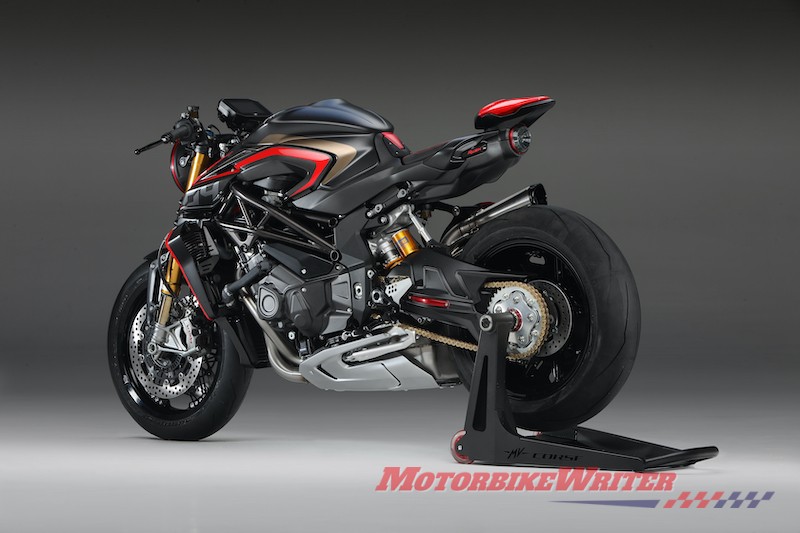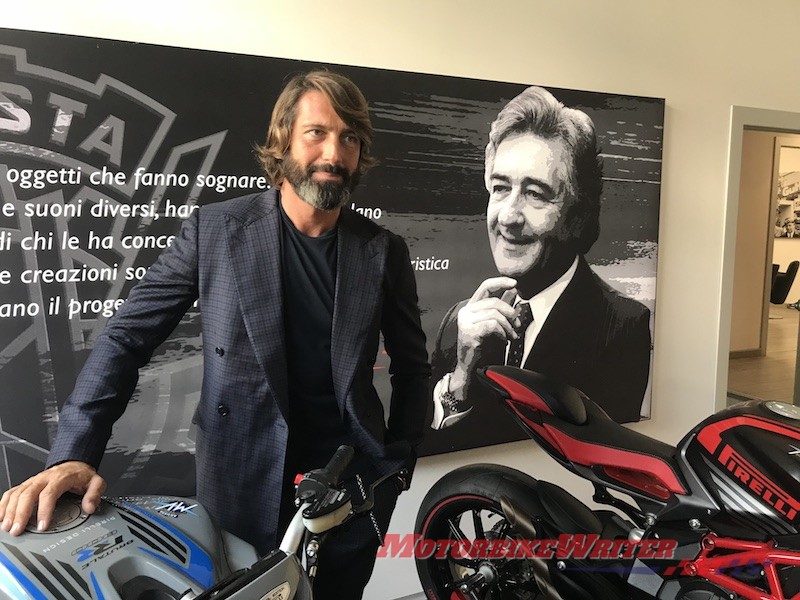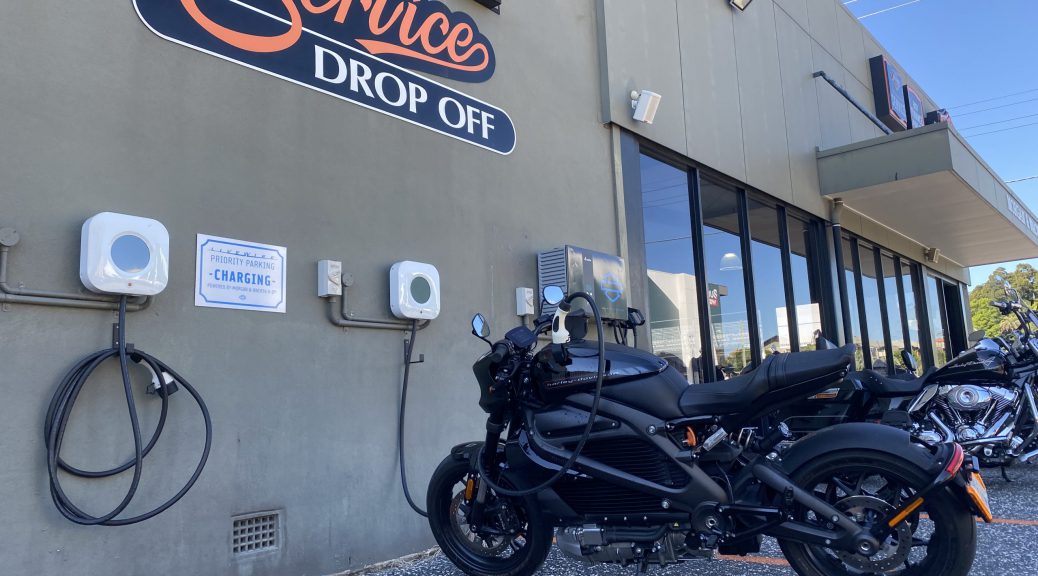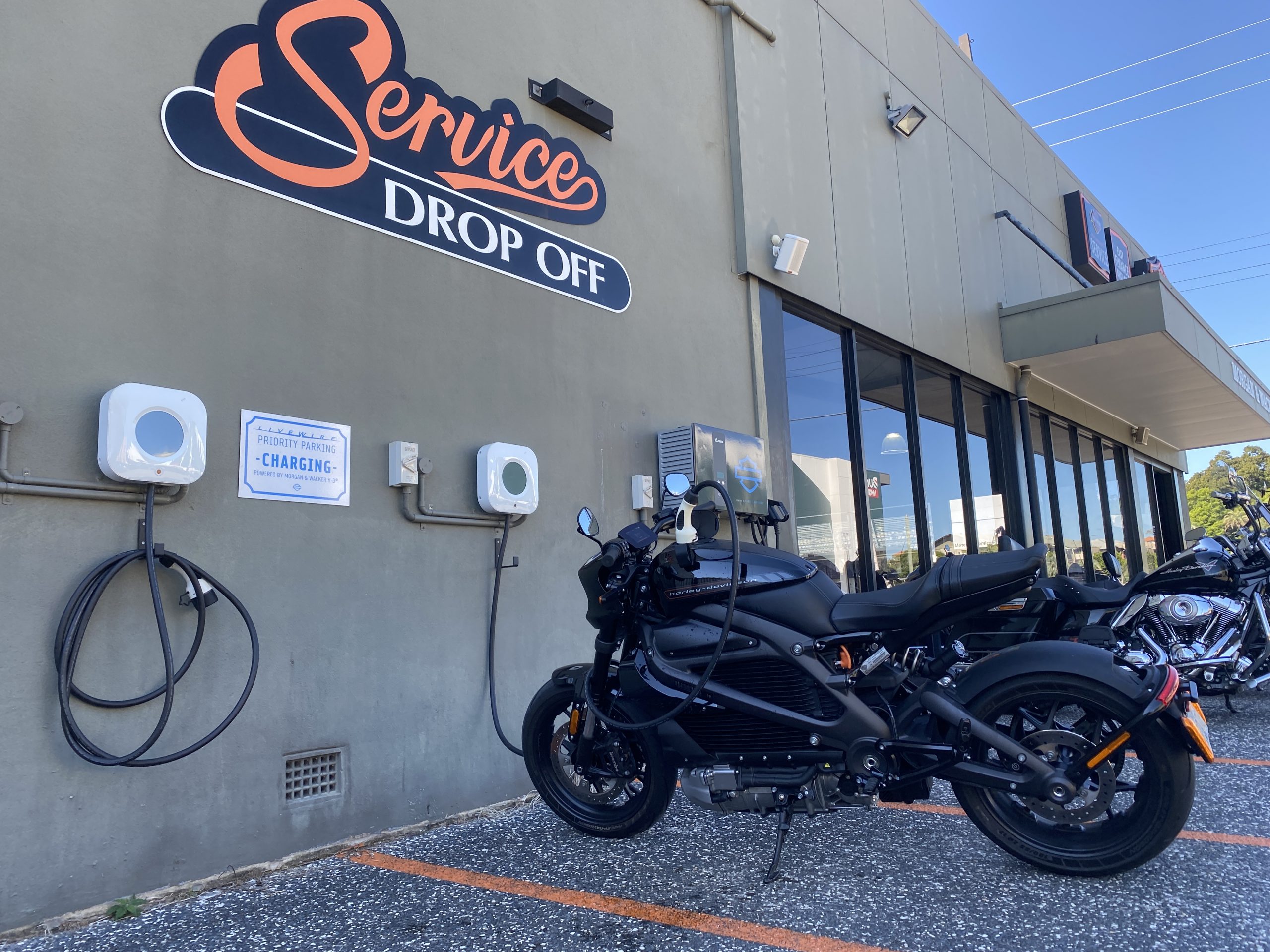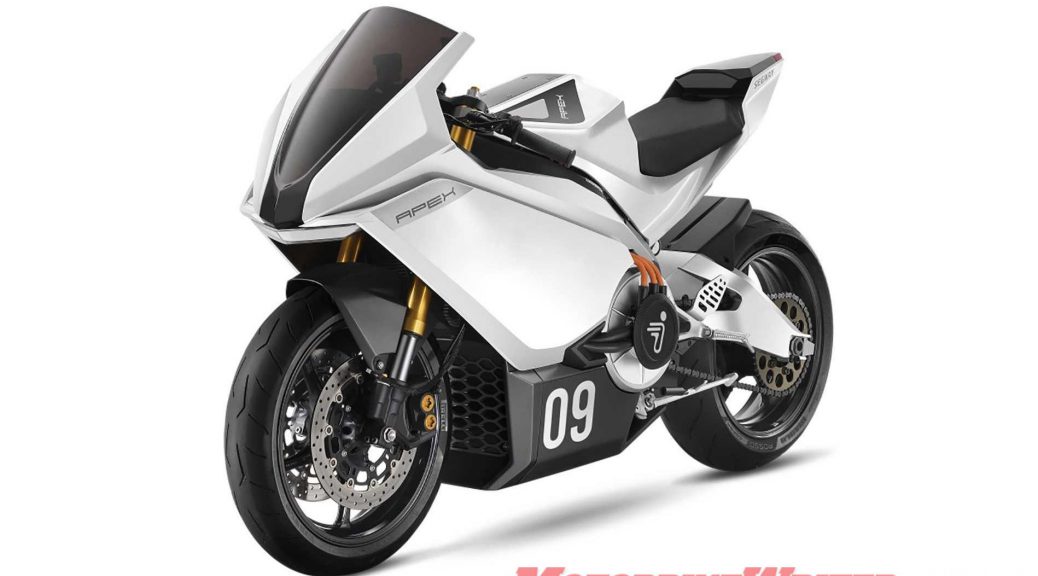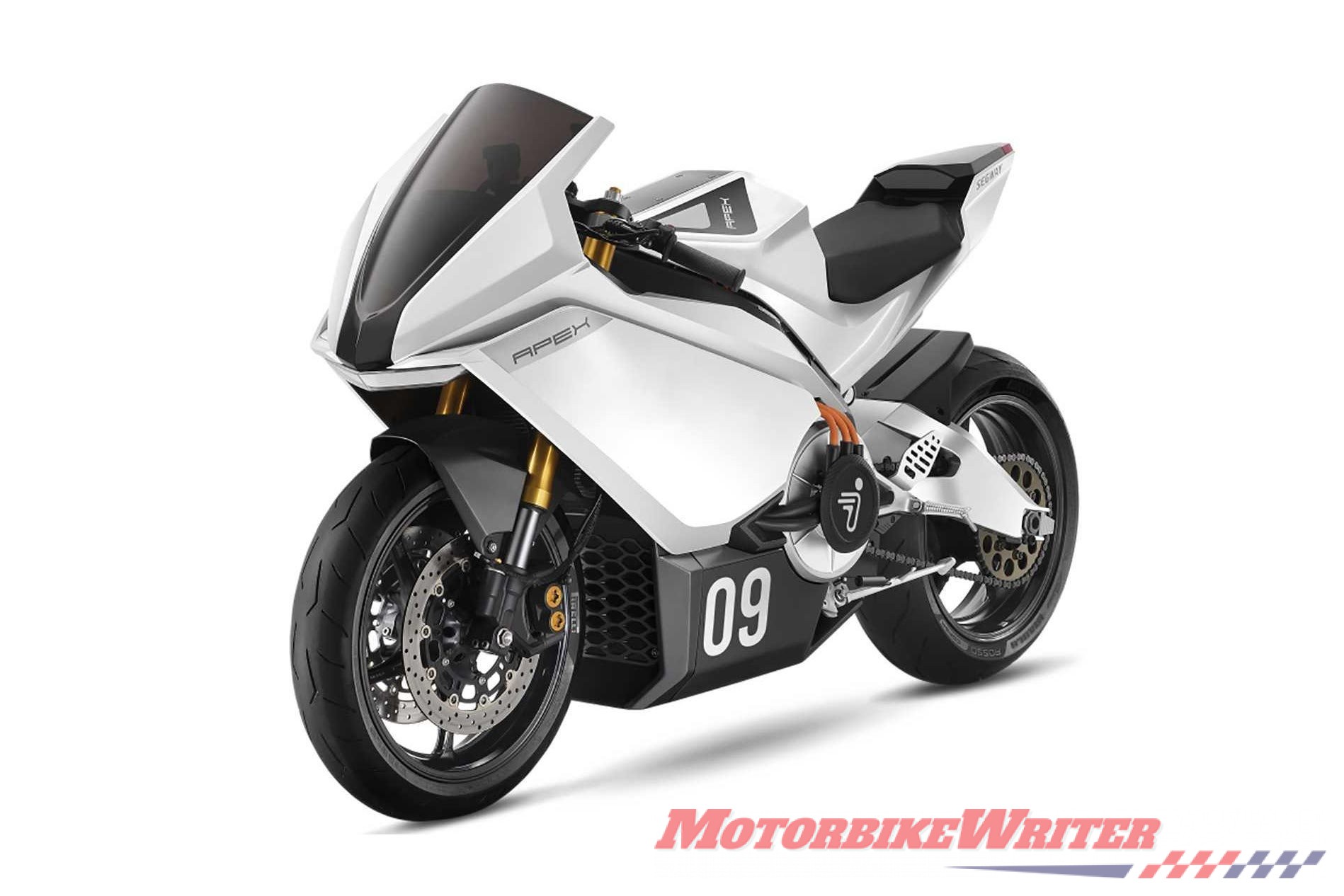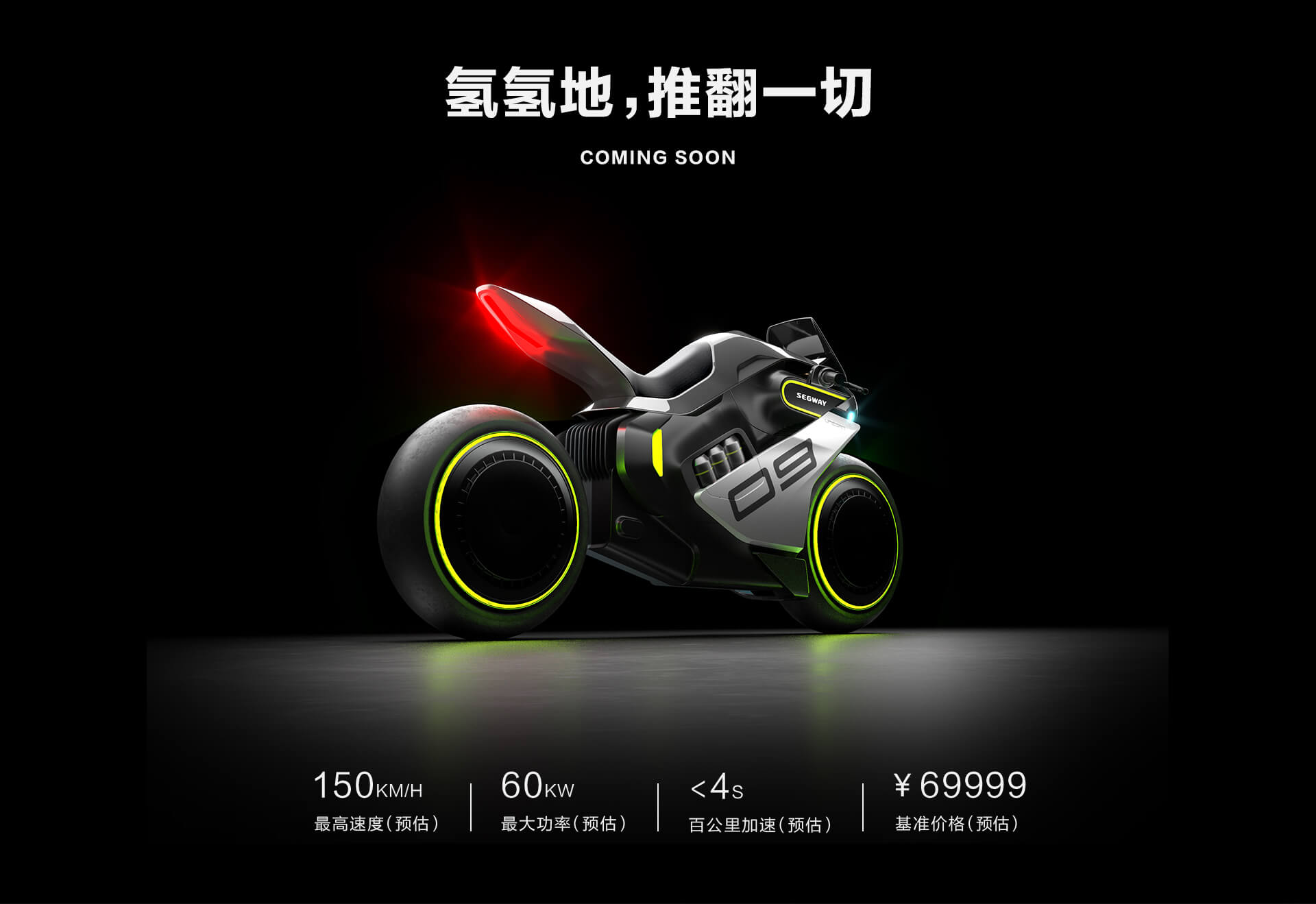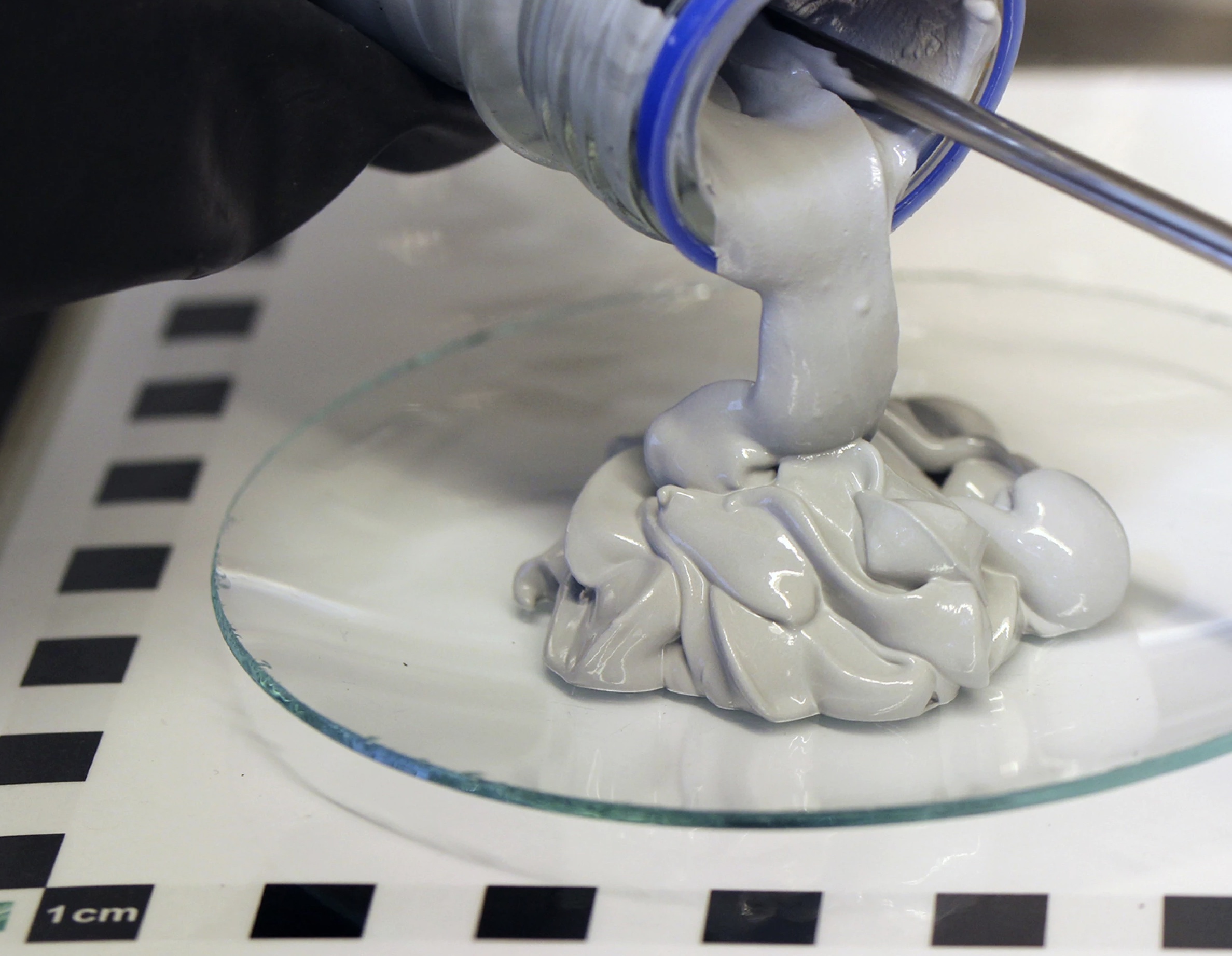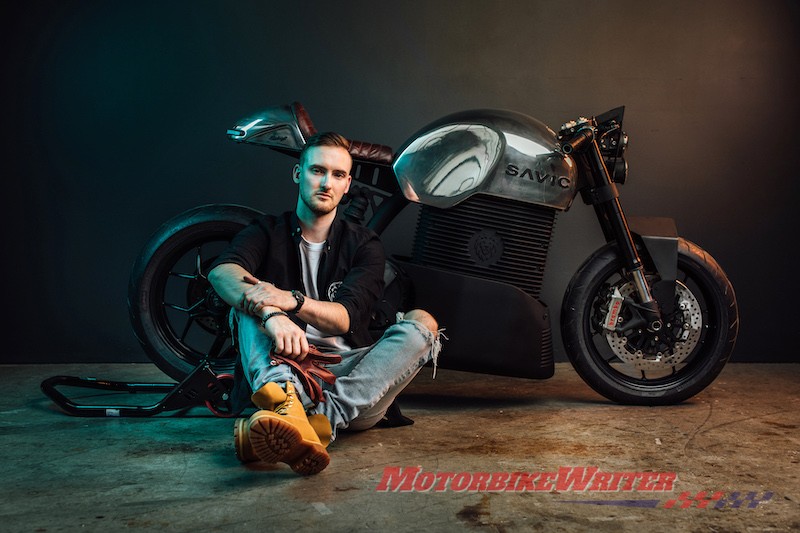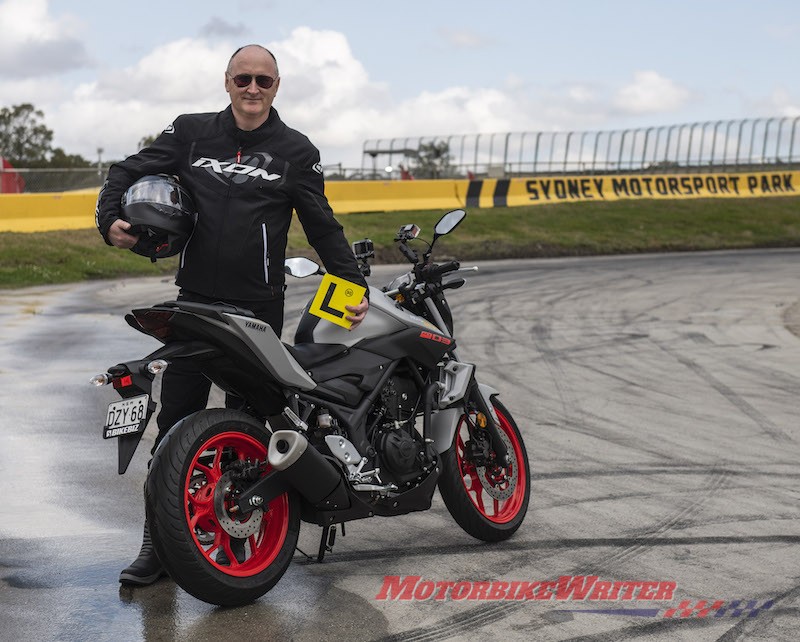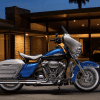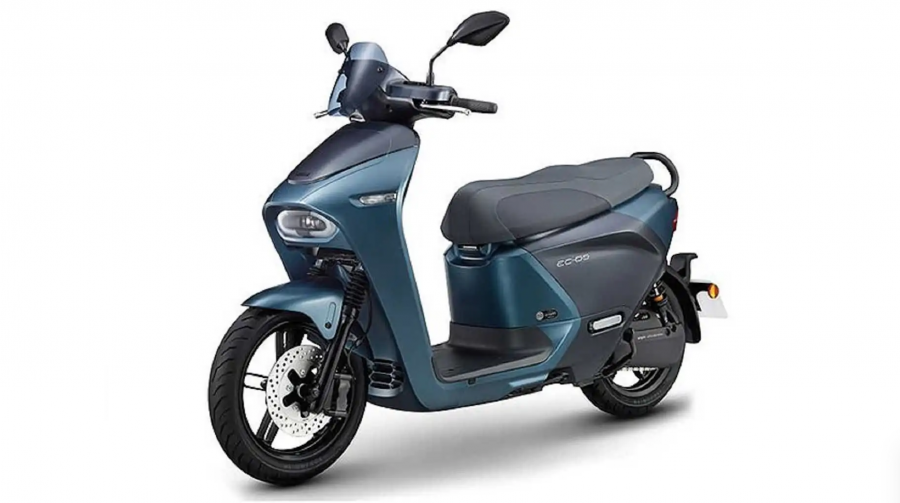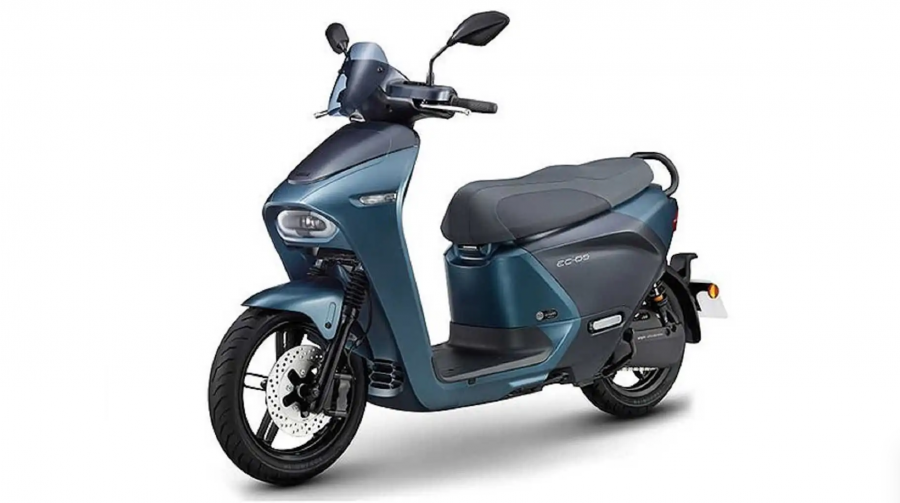A powerful electric motor and innovative aerodynamics are expected to help a British engineering company achieve a world speed record of more than 400km/h (250mph) for a motorcycle.
The bike will have emissions and economy implications for current and future electric and conventionally-powered motorcycles.
White Motorcycle Concepts has unveiled its prototype motorcycle which company founder and Chief Executive Officer Rob White will ride in attempts to break the British and world electric land speed records over the next 12 months.
It features three innovative technologies.
The company’s ultra-low drag system called V-Air has a large duct at the centre of the bike which forces air through the vehicle, rather than around it.
V-Air reduces the WMC250EV’s aerodynamic resistance by as much as 70% compared to that of the market-leading high performance road bike according to the results of wind-tunnel testing at MIRA.
Aerodynamics of the bike and the rider are the biggest drain on motorcycle power and efficiency.
Australian Triple8 racing engineer Jeromy Moore says it is difficult for motorcycles to match a car’s aerodynamics, because they are too short.
“With aero, it will be hard to get a bike’s cD down as it is quite short so the air has to deflect at larger angles to go around and rejoin,” he says.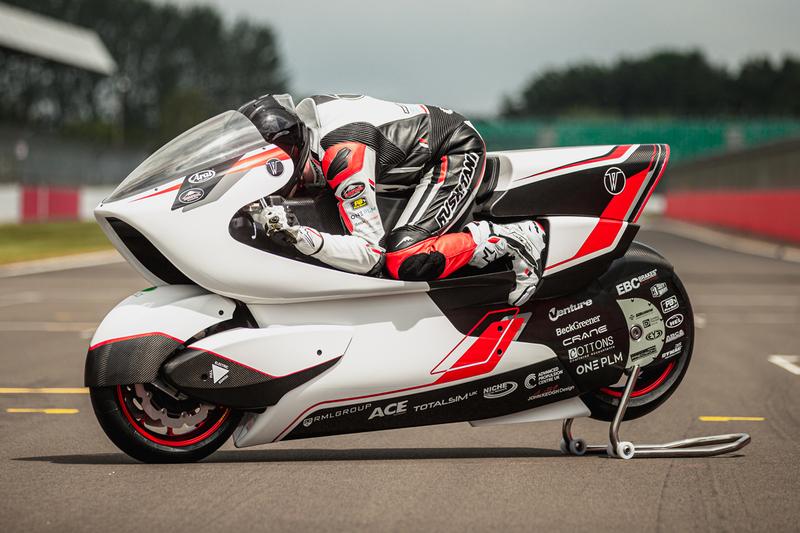
It seems the V-Air duct may have overcome this issue, especially with the rider tucked behind the fairing as in the above photo.
The duct also increases the axial load on the front of the motorcycle allowing the WMC250EV utilise a D-Drive motor unit that powers the front wheel, which in-turn makes it possible to harness regenerative braking energy – something unachievable with a conventional motorcycle. The third innovation, F-Drive final drive system, could filter down to your own motorcycle.
It is designed to give the bike a boost in power and enhance efficiency.
The WMC250EV high-speed demonstrator has been more than two years in the making and has already been granted a UK patent and expects Europe, the USA and Japan to follow suit by the end of August.
If adopted by major manufacturers, these British devised technologies have the potential to reduce CO2 emissions across the industry and accelerate the mass-market de-carbonisation of motorcycles globally.
White, who has more than 25 years’ experience of world championship level motorsport, including Formula 1 and Le Mans, initially conceived his idea for V-Air six years ago, but it was exposure to Formula 1 packaging and sports car aerodynamics that gave him the confidence to pursue it seriously.
Having formed WMC in 2019, White reached into his network of contacts gained through his career.
Rob Lewis MBE, the owner of Total Sim and a global leader in sports aerodynamics, recognised V-Air’s potential and supported the project through the initial proof of concept.
The Northamptonshire company began developing the all-carbon fibre WMC250EV High Speed Demonstrator to F1 standards of design specification, component-packaging and technology with the ambition to test its potential to the highest standard.
“If you want to demonstrate to the rest of the world that you’ve just invented a new aerodynamic concept that means you can go faster for a given power, the best thing to do is go as fast you can,” Rob says.
“That’s why we created WMC250EV high-speed demonstrator, the most radical version of this concept, to challenge for the world land speed record. It is electric, as that is the pre-eminent zero emissions power source at the moment, but as the aerodynamic concept provides efficiency benefit, it could just as easily be hydrogen or any other future power source.”
The concept’s more wide-reaching implication is the impact it could have on vehicular energy efficiency, leading to better fuel economy and lower emissions.
“The records are all champagne, but are actually the insignificant part of the story,” Rob says.
“While this technology allows you to go faster, it also allows you to go much further for the same amount of energy. This has a direct and tangible benefit on CO2 reduction. Market-disruptive ideas like this are uncommon, and if successful, have the potential to revolutionise industry.”
WMC is already working on a real-world application for the innovation and is producing a 300cc three-wheel hybrid scooter – the WMC300FR – that includes V-Air technology and reduces drag by 25%.
That equates to 18% improvement in fuel efficiency, from aerodynamic improvements alone and when coupled with a small hybrid system enhances the performance to somewhere near 500cc levels, but with 50% less CO2 emissions.
“What we’ve managed to do is create something for the world market sector where people can use these vehicles in a city where the population is most effected by CO2 output and pollution – and we’ve managed to cut CO2 by 50% through aerodynamics and hybridisation,” Rob says.
The land speed record programme meanwhile is fully underway, with shakedowns continuing through the summer and an attempt on the Motorcycle Electric Semi Streamliner British Record planned for later on this year.
Then the focus for WMC switches to the world’s largest salt flat, the Salar de Uyuni in Bolivia, where Rob will attempt to set a new mark for the Electric Semi Streamliner World Record in July 2022.
“What started off as some sketches of an idea I was pondering, has become an initiative that can potentially change the motorcycle industry,” he says.
“I’ve always loved speed, and motorcycles. The challenge of breaking the world record satisfies a tenacity to achieve great things. But more importantly, it’s the perfect way to practically demonstrate that the theory behind this technology works.
“There are other record attempts running concurrently that have superstar riders and talismanic leaders fronting the projects, but for me and WMC the star is the technology. It’s a product of British engineering ingenuity and it has a real potential to disrupt the industry in a very positive way, becoming an important step towards the mass manufacture of non-fossil fuelled motorcycles, another milestone on the road to a zero-emission future.
“The company’s ambitions are great, and we aim to constantly produce high level engineering with environmental responsibility at its core, reducing carbon emissions throughout the entire motorcycle market from design and manufacture to end use.”
Source: MotorbikeWriter.com

